MTR 100: NOAA ... Working at the Interface of Exploration and Education
The National Oceanic and Atmospheric Administration (NOAA) is the only federal agency with a program dedicated to exploring the deep ocean, closing gaps in our basic understanding of U.S. deep waters and the seafloor, and delivering the ocean information needed to strengthen the economy, health, and security of our nation. Inspiring and engaging the next generation are fundamental to the operations of the agency’s ocean exploration program.
Missions aboard NOAA Ship Okeanos Explorer — the only federal vessel dedicated to exploring the deep ocean — include mapping, ocean characterization, reconnaissance, advancing technology, and educational outreach with an emphasis on collecting baseline information in never-before-explored areas. Characterization involves taking an in-depth look at a region or specific site and gathering data of the seafloor, sub-bottom, and/or water column. Data are collected using a variety of advanced technologies to explore and characterize unknown or poorly known deepwater ocean areas, features, and phenomena at depths ranging from 250 to 6,000 meters.
Expeditions are planned collaboratively, with input from partners and stakeholders, enabling broad scientific participation. Through telepresence technology, scientists and students participating in missions primarily remain on shore and are able to add their expertise to missions no matter where in the world the ship, or they, are located. Simultaneously, public viewers can watch and listen to live expeditions online, bringing the excitement of ocean exploration and discoveries into classrooms and homes. The vessel is managed by the NOAA Office of Marine and Aviation Operations and mission equipment is operated by NOAA in partnership with the Global Foundation for Ocean Exploration (GFOE).
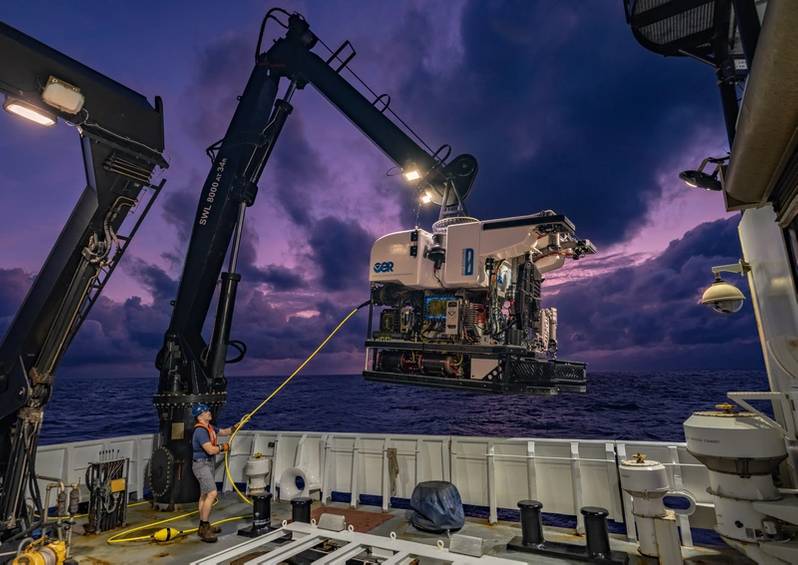 vROV Deep Discoverer (D2) being recovered aboard NOAA Ship Okeanos Explorer. Telepresence technology allows scientists ashore to see D2s real-time video and provide guidance to pilots on where to go and what to collect. Credit: Art Howard Photography/GFOE
vROV Deep Discoverer (D2) being recovered aboard NOAA Ship Okeanos Explorer. Telepresence technology allows scientists ashore to see D2s real-time video and provide guidance to pilots on where to go and what to collect. Credit: Art Howard Photography/GFOE
Advancing Technology
Okeanos Explorer is also a platform for technology development and in May 2021 it hosted field engineering trials for Woods Hole Oceanographic Institution’s new Orpheus class of autonomous underwater vehicles (AUV), which was supported through the Ocean Exploration Cooperative Institute (OECI). Designed to withstand pressure down to 11,000 meters, it will provide access to some of the deepest parts of our ocean. Integration of a vision-based system for estimating relative position developed by NASA’s Jet Propulsion Laboratory, similar to the Terrain-Relative Navigation system used on the Mars Perseverance rover and Helicopter Ingenuity, will allow the AUV to sense its location relative to the seafloor and avoid hazards, and recognize seafloor features that may be of scientific interest.
NOAA Ocean Exploration is using new autonomous technologies to meet ambitious mapping and exploration goals. Through the National Oceanographic Partnership Program (NOPP), a multi-year grant was provided to the University of New Hampshire, Saildrone, and the Monterey Bay Aquarium Research Institute to test and integrate acoustic and other sensors into a new larger class of uncrewed surface vehicles powered by wind and solar power. The 22m Saildrone Surveyor is designed to collect bathymetry of the seafloor, water column data, and other priority environmental measurements and recently completed a successful unassisted transit from California to Hawaii. NOAA continues to support this technology through the OECI for new mission plans, post-mission data analysis, and data distribution. With the University of New Hampshire and OECI, Saildrone Surveyor will map the seafloor and collect oceanographic data in Alaska in 2022.
Blue Economy
America’s blue economy is expected to double in value to $3 trillion over the next decade and ocean exploration is a crucial pillar for strengthening and expanding it. Creation of seafloor maps and characterization data are needed to support decisions about stewardship of ocean resources such as energy sources, minerals, and pharmaceuticals — all vital to U.S. industries, human health, and national security. The National Strategy for Mapping, Exploring, and Characterizing the U.S. Exclusive Economic Zone (NOMEC Strategy, June 2020) was developed with NOAA and other federal agencies to help coordinate mapping and exploration activities for the U.S., develop new and emerging science and mapping technologies, build public-private partnerships, explore and characterize priority ocean areas, and complete mapping of the deep water of the U.S. EEZ by 2030 and the near shore by 2040.
Workforce Development
NOAA Ocean Exploration collaborates with the agency’sOffice of Educationwhich advances America’s blue economy through innovative STEM education and outreach efforts to inspire and train future blue economy leaders. NOAA's Environmental Literacy Program provides grants and in-kind support for programs that educate and inspire people to use Earth system science to improve ecosystem stewardship and increase resilience to environmental hazards. The José E. Serrano Educational Partnership Program with Minority Serving Institutions (EPP/MSI) trains and graduates students from traditionally underrepresented minority communities. More than 2,000 students have received Ernest F. Hollings and EPP/MSI undergraduate scholarships, which train the next generation in NOAA mission fields. NOAA also works with the Bureau of Ocean Energy Management, NASA, Navy and other NOMEC agencies to enhance collaborative innovation and promote work-based learning opportunities associated with the NOMEC Strategy. Additionally, NOAA Ocean Exploration has a long history of promoting training opportunities by hosting students and early career professionals through agency-wide programs, leveraging partnerships, and managing an in-house internship opportunity, the Explorer-in-Training Program.
Enabling a workforce that can create and drive science and technology projects and the machine and digital elements needed for the rapid-growth blue economy is a NOAA priority and in partnership with NOAA Education, the agency’s Ocean Exploration program is doing that in the subsea. For more information on ocean exploration and training opportunities, visit https://oceanexplorer.noaa.gov/about/welcome.html.
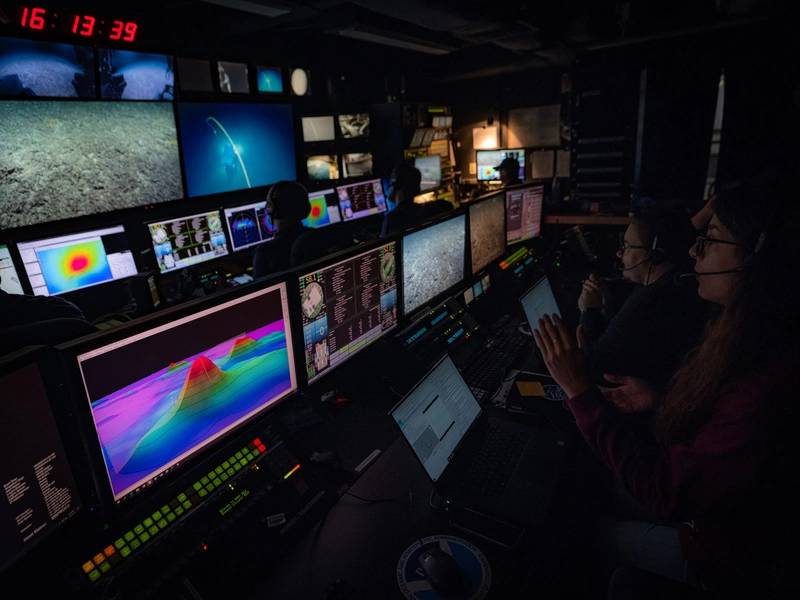 The Explorer-in-Training Program provides mapping-focused learning opportunities and recently expanded to include exploration education, media, science communication, expedition operations and coordination, and science and technology internships. Credit: Art Howard Photography/GFOE
The Explorer-in-Training Program provides mapping-focused learning opportunities and recently expanded to include exploration education, media, science communication, expedition operations and coordination, and science and technology internships. Credit: Art Howard Photography/GFOE
References
- Hotaling, L., and R.W. Spinrad, eds. 2021. Preparing a Workforce for the New Blue Economy: People, Products and Policies. Elsevier, 634 pp., https://doi.org/10.1016/C2019-0-02670-2.
- NOAA Blue Economy Strategic Plan 2021-2025, January 19, 2021, National Oceanic and Atmospheric Administration.
- NOMEC Strategy, June 2020. National Strategy for Mapping, Exploring, and Characterizing the United States Exclusive Economic Zone, 2020. Executive Office of the President, Ocean Science and Technology Subcommittee of the Ocean Policy Committee, Washington, DC.





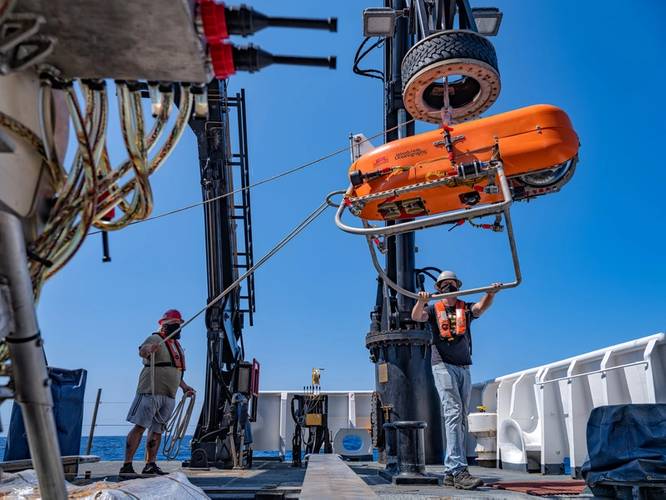
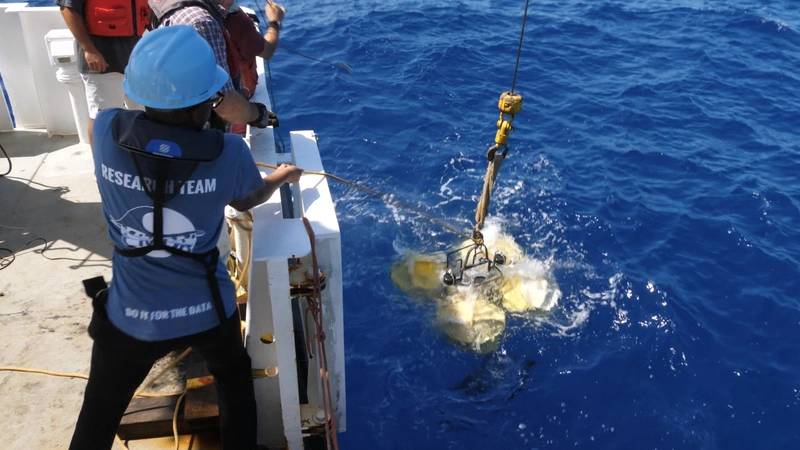
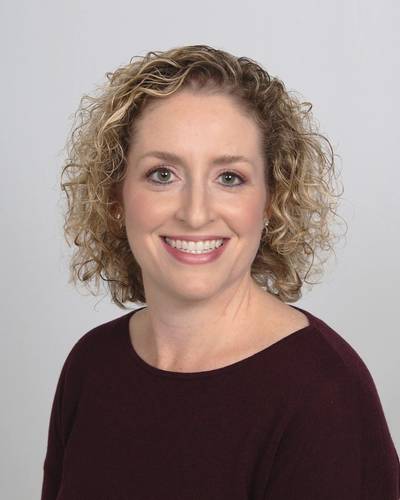
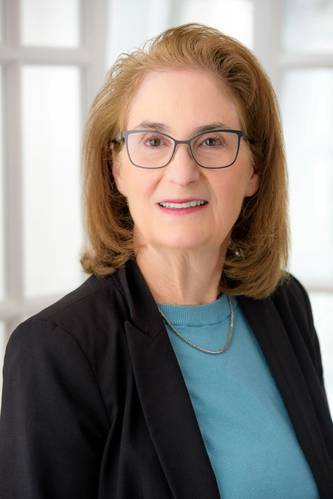
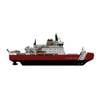
![Microplastic beads seen in the central tube of a copepod [their intestinal tract], as evidenced here, fluorescently labelled beads help with visualization and identification. © PML](https://images.marinetechnologynews.com/images/maritime/w100h100padcanvas/microplastic-beads-seen-166795.jpeg)
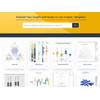
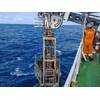

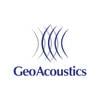







 December 2025
December 2025



